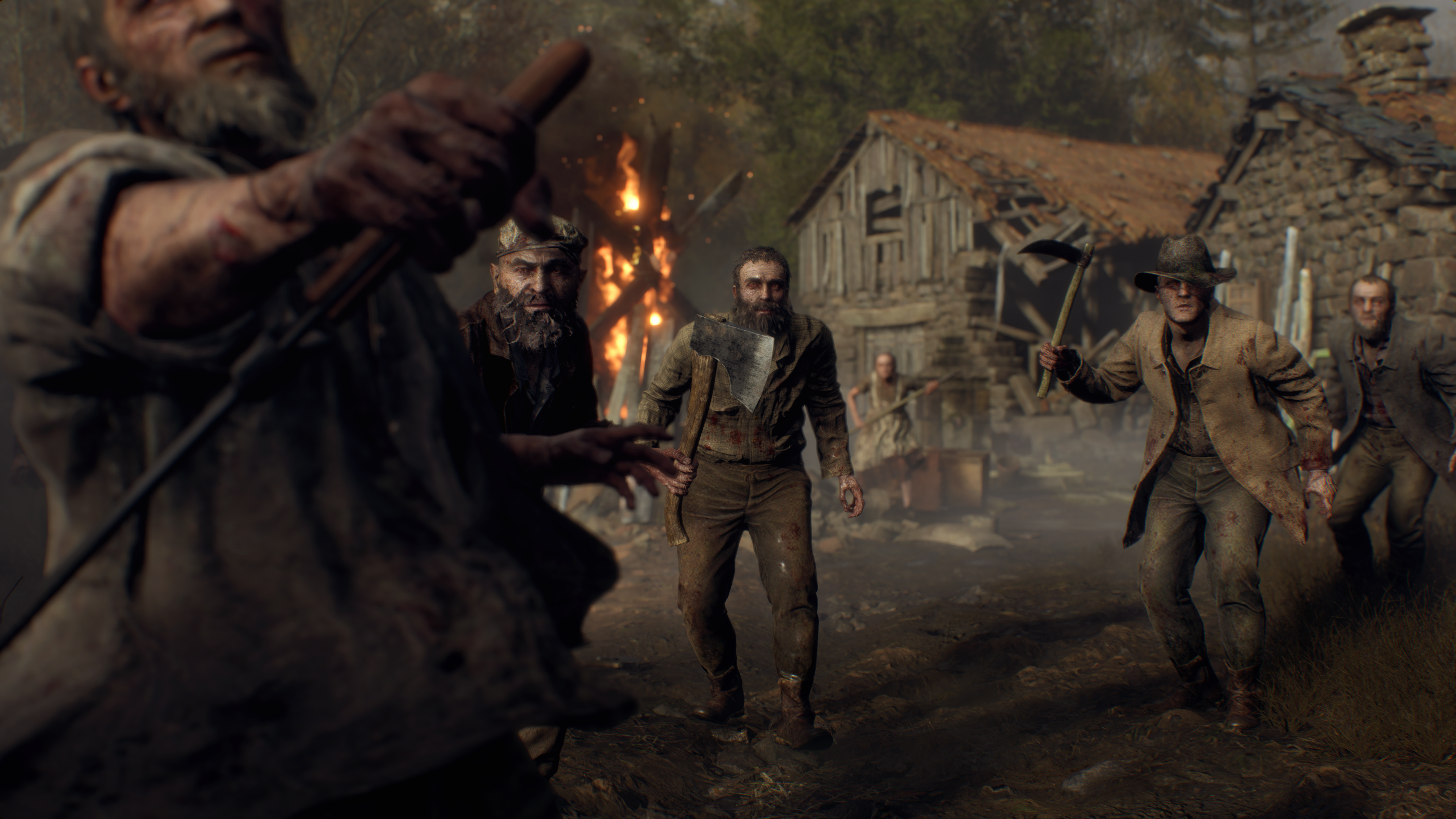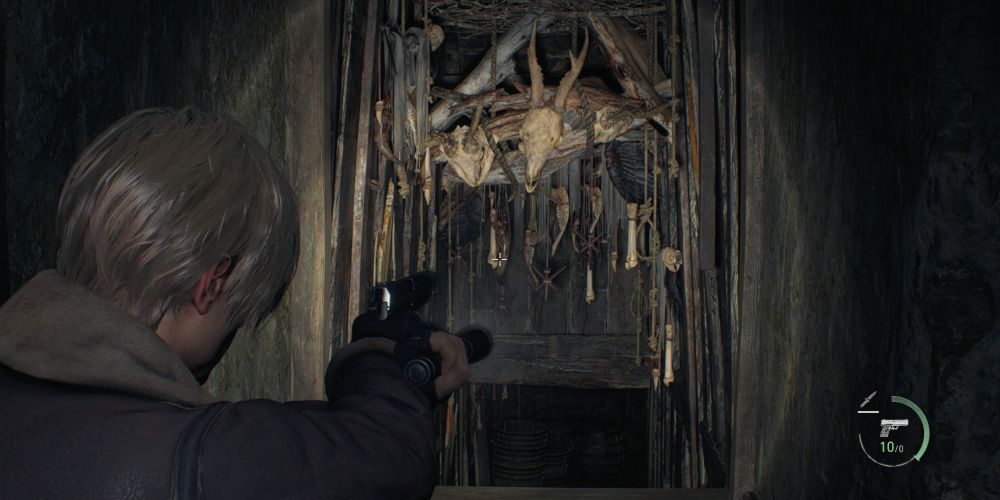If you played the Resident Evil 4 demo this past weekend, you actually have a pretty good idea of what the entire game is like already. It starts out in a familiar way, but the intro has been expanded with new cutscenes and areas. When you eventually make your way to the village, this iconic sequence is almost exactly as you remembered it. This flow represents most of the game really well. Capcom has done a great job expanding the forgettable parts while maintaining the most memorable moments. The parts that work still work, and the parts that didn’t work as well have been improved.
This is how remakes ought to be approached. There’s not a lot of value - beyond the commercial kind - in faithfully remaking a classic game just for the sake of ray-traced reflection and particle effects. But the RE4 remake feels like a game that had something more to say. It goes to some lengths to protect the integrity of the important set pieces, but when it can find room for improvement, it does.
It's as if it was remade purely from memory. If you asked someone like me who has played the original RE4 countless times to draw the Village from memory, I would get it almost perfect. But if you then asked me to draw the farm, the ravine, the quarry, the church, or any of the other locations between the village center and the castle, it wouldn’t be great. I could give you a rough outline of the map, but it would be missing connections, buildings would be out of place, and I’d have to improvise a lot of it. But every time I got to those key moments - the Del Lago lake battle, the El Gigante fight with Leon’s wolf friend, the cabin barricade - there wouldn’t be a single box of 9mm ammo out of place.
This is the approach the remake takes, but all of the places that aren’t crystal clear in your mind have been used like a blank canvas to expand liberally on and inject modern game design sensibilities into. One of the earliest big additions comes after the Del Lago battle. In the original game, Leon wakes up on the other side of the lake and immediately makes his way back to the quarry. In the remake, the lake opens up into a hub zone after the fight, and you can visit different ports to search for treasure and complete side quests. Though not as expansive, it has a God of War Lake of Nine quality to it that appeals to modern audiences. You can get to the church and find Ashley in about 90 minutes in the original, but the remake will take you closer to three hours because of all the extra areas to explore and side missions to complete.
The original Resident Evil 4 is only 15 hours long. That’s short by today’s triple-A standards, but at times it feels way too long. The latter half of the castle chapters are tedious and frustrating, and by the time you get to the Island - which suffers from the typical rushed endgame problems - the whole thing has really worn out its welcome. The remake isn’t significantly longer, but it selectively expands and contracts certain sections to improve the pace that makes the entire game feel a lot more cohesive. I’m not a big fan of the current climate of triple-A remakes, but it’s hard to deny that Capcom has managed to improve a game that I already considered to be one of the best. If you’re going to redo a classic, this is the way to do it.


